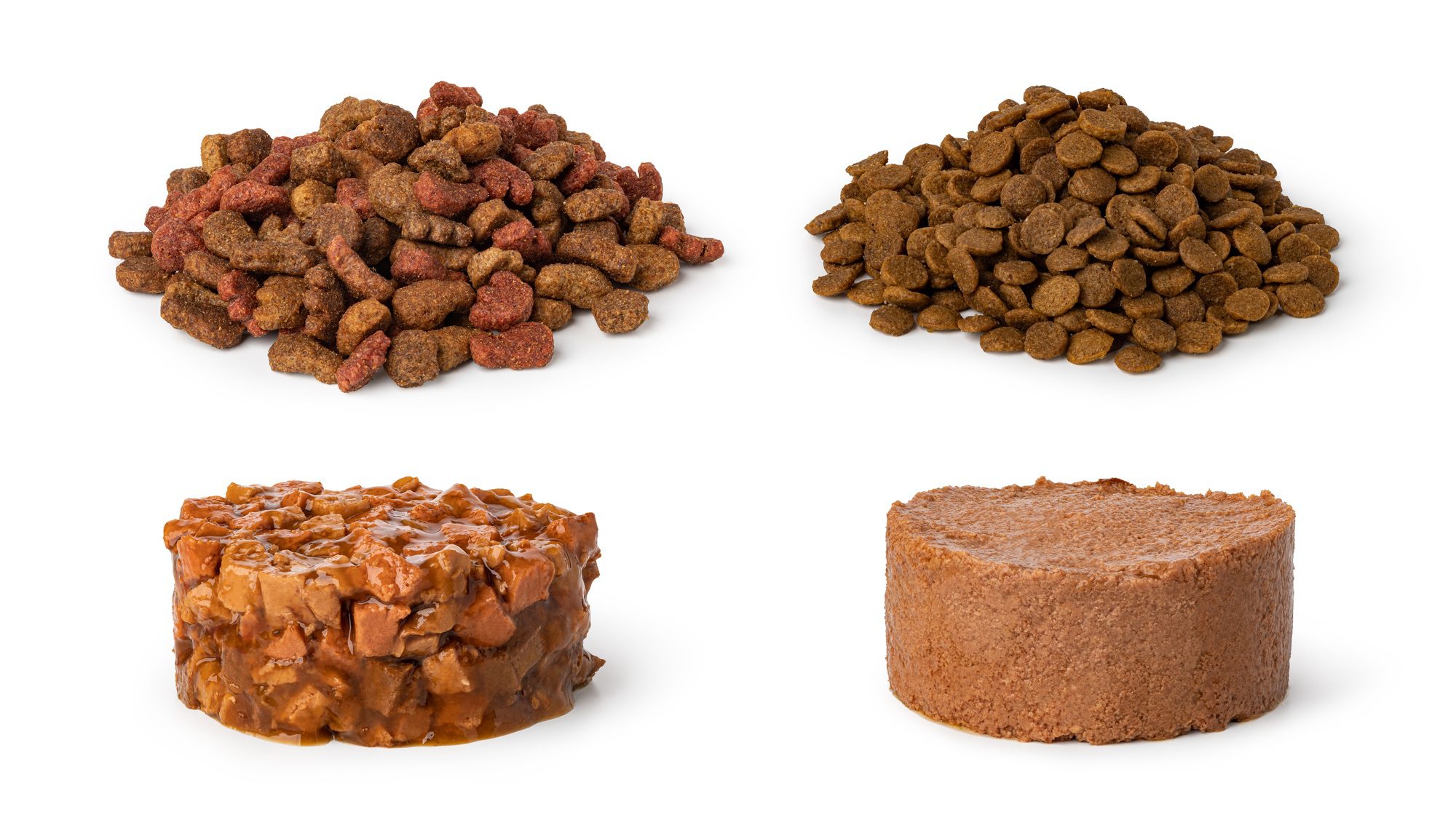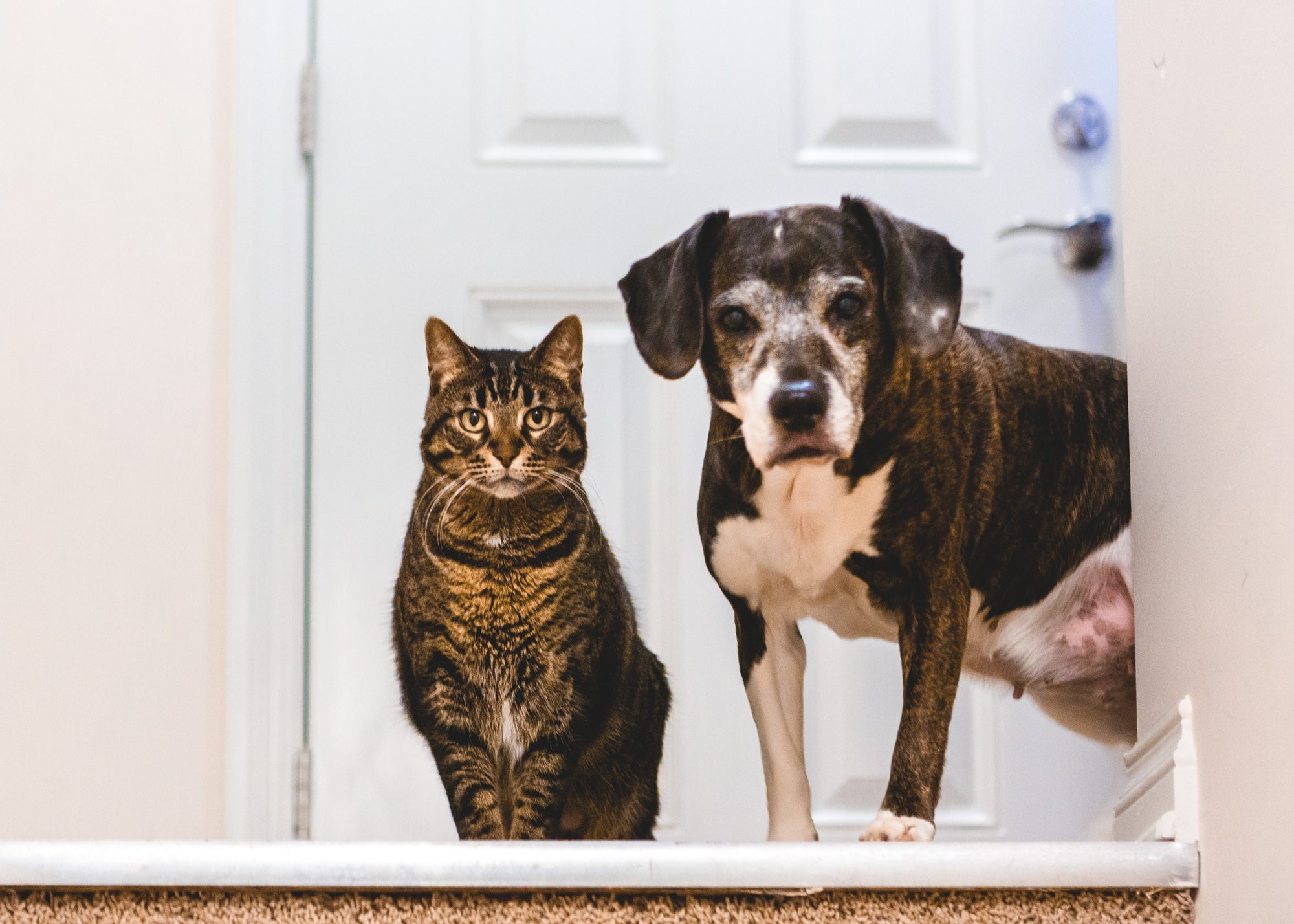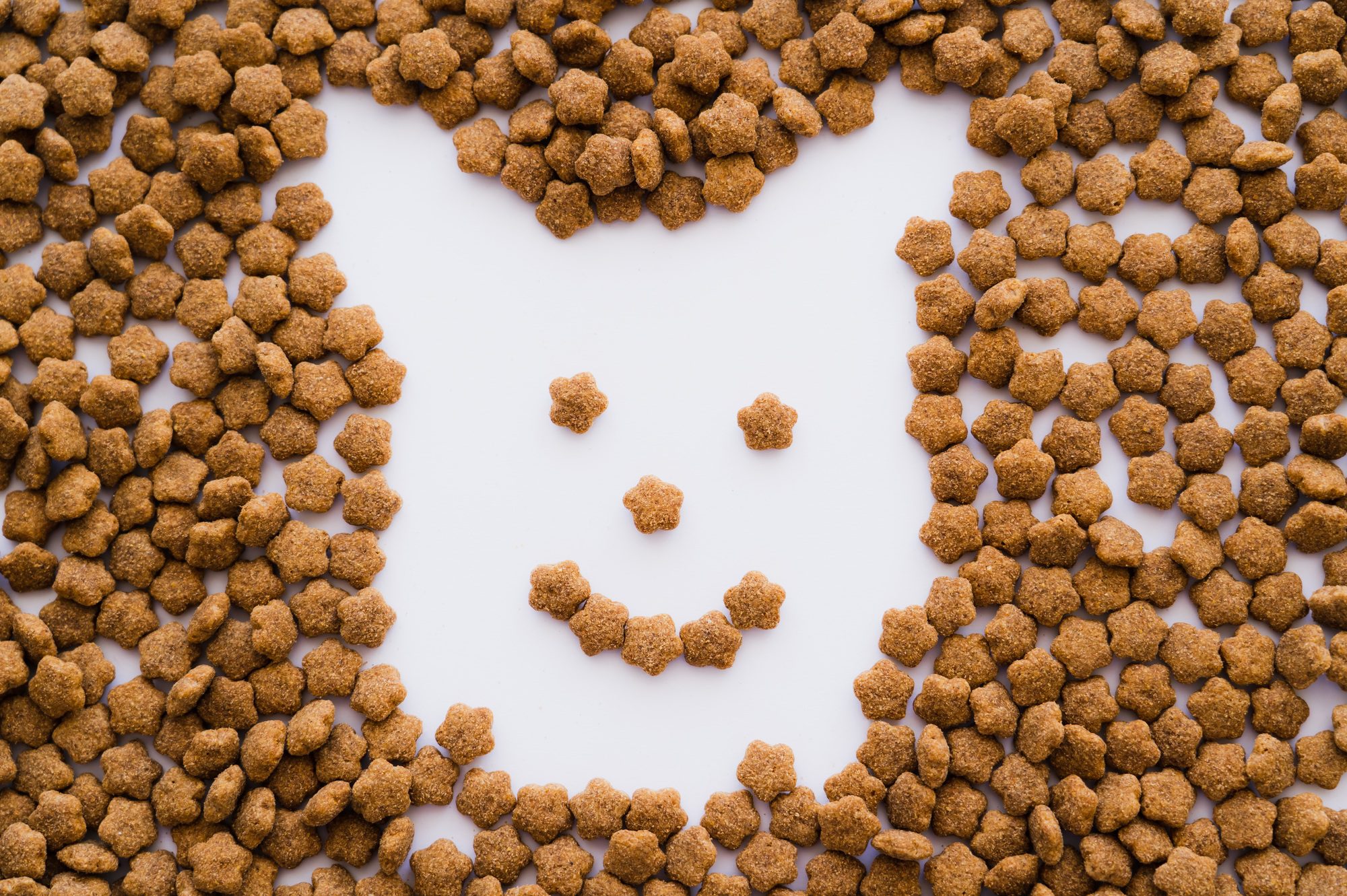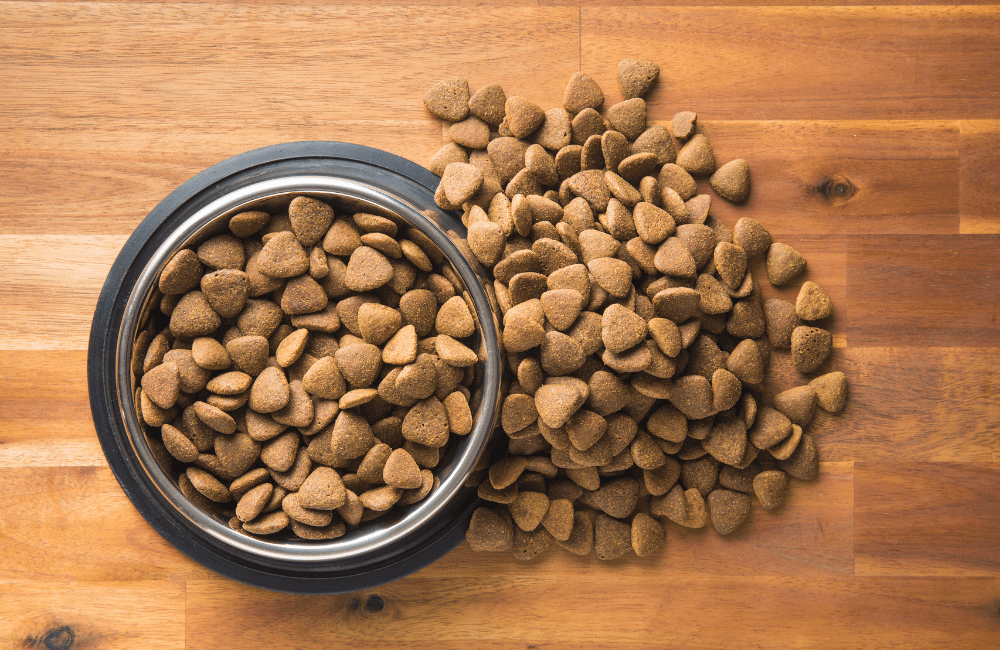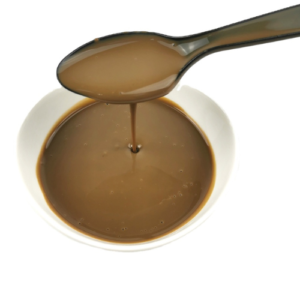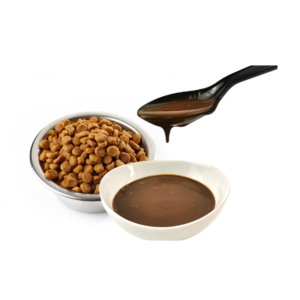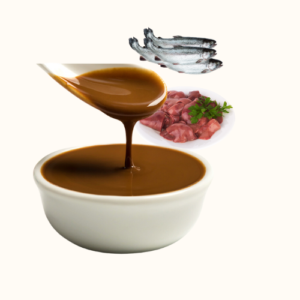Enhancing Pet Food Production
Introduction:
Pet food production is a continuously evolving industry, with manufacturers constantly seeking ways to improve the taste, quality, and nutritional value of their products. Palatants, often referred to as flavor enhancers, play a crucial role in making pet food more appealing to our furry friends. In this blog, we’ll delve into the world of pet food palatants, exploring what they are, how they work, and why they are essential for optimizing pet food production.
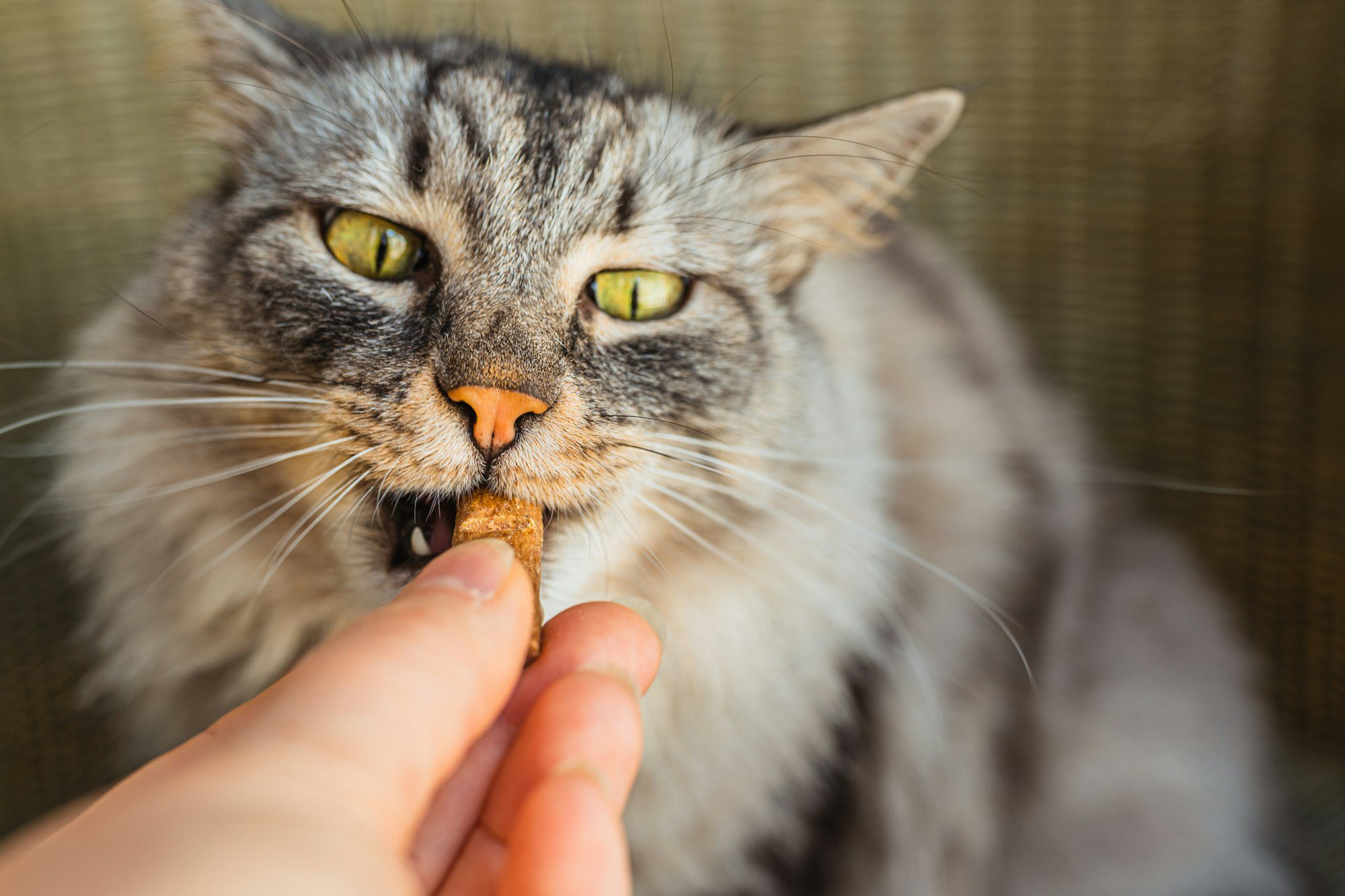
What Are Palatants?
Palatants are substances added to pet food to enhance its taste and aroma. They are designed to make pet food more appealing to animals, encouraging them to eat it. Palatants can be natural or synthetic and come in various forms, including liquids, powders, and sprays.
How Do Palatants Work?
The primary function of palatants is to make pet food taste better. They achieve this by stimulating the animal’s senses, particularly taste and smell. Palatants work by enhancing the natural flavors of the ingredients in pet food, making them more appetizing to pets.
Palatants contain a combination of flavor compounds that mimic the taste and aroma of meat, poultry, fish, and other ingredients commonly found in pet food. These flavor compounds are carefully selected and blended to create a palatable and appealing taste profile.

In addition to enhancing taste, palatants also play a role in improving the texture and mouthfeel of pet food. They help to mask any undesirable flavors or odors that may be present in the raw ingredients, resulting in a more consistent and enjoyable eating experience for pets.
Why Are Palatants Essential for Pet Food Production?
Palatants play a crucial role in pet food production for several reasons:
- Enhanced Palatability: The primary function of palatants is to make pet food more palatable to animals. By enhancing the taste and aroma of pet food, palatants encourage pets to eat more, ensuring they receive the nutrition they need to stay healthy.
- Increased Consumption: Pets are more likely to eat food that tastes good to them. By improving the taste of pet food, palatants can increase consumption, ensuring that pets receive the nutrients they need to thrive.
- Brand Loyalty: Pets develop preferences for certain flavors and textures of food, much like humans do. By using palatants to enhance the taste of their products, pet food manufacturers can build brand loyalty among pets and their owners.

- Quality Control: Palatants can help mask any undesirable flavors or odors that may be present in the raw ingredients used to make pet food. This ensures that the final product is consistent in taste and quality.
- Cost-Effectiveness: Palatants are a cost-effective way to improve the taste and aroma of pet food. By using palatants, pet food manufacturers can achieve the desired flavor profile without having to use expensive ingredients.
Types of Palatants:
There are two main types of palatants used in pet food production: natural and synthetic.
- Natural Palatants: Natural palatants are made from real ingredients, such as meat, poultry, fish, and vegetables. They are derived from natural sources and are designed to enhance the natural flavors of pet food.
- Synthetic Palatants: Synthetic palatants are made from artificial ingredients that mimic the taste and aroma of real food. They are often used in combination with natural palatants to create a more complex and appealing flavor profile.
Both natural and synthetic palatants have their advantages and disadvantages. Natural palatants are often preferred by pet owners who are looking for wholesome, natural ingredients in their pet’s food. However, synthetic palatants can be more cost-effective and provide a more consistent flavor profile.
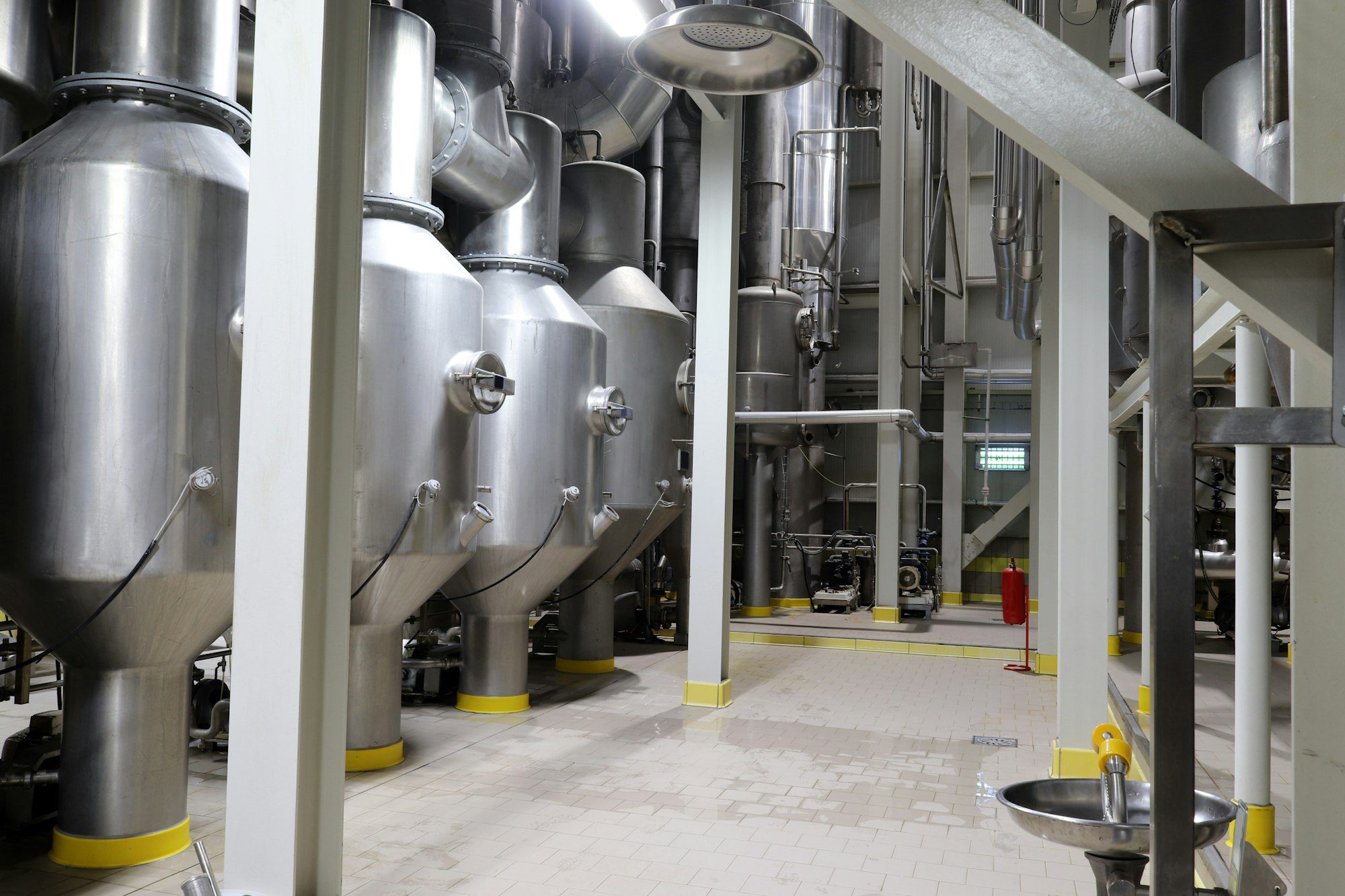
Experience the Difference:
To truly understand the impact of palatants on pet food production, let’s take a closer look at how they are used and the difference they can make:
- Taste Testing: Pet food manufacturers conduct extensive taste tests to ensure that their products are appealing to pets. These taste tests involve feeding the pet food to a group of animals and observing their response. Palatants are then added to the food to see if they increase consumption.
- Formulation: Palatants are carefully formulated to achieve the desired taste and aroma profile. This involves selecting the right combination of flavor compounds and adjusting the levels to achieve the perfect balance.
- Application: Palatants can be added to pet food at various stages of production, including during the mixing, cooking, and coating processes. The method of application will depend on the type of palatant used and the desired outcome.
- Feedback: Pet food manufacturers rely on feedback from pet owners to determine which flavors and textures are most appealing to their pets. This feedback is used to refine the palatant formulation and ensure that the final product meets the needs and preferences of pets and their owners.
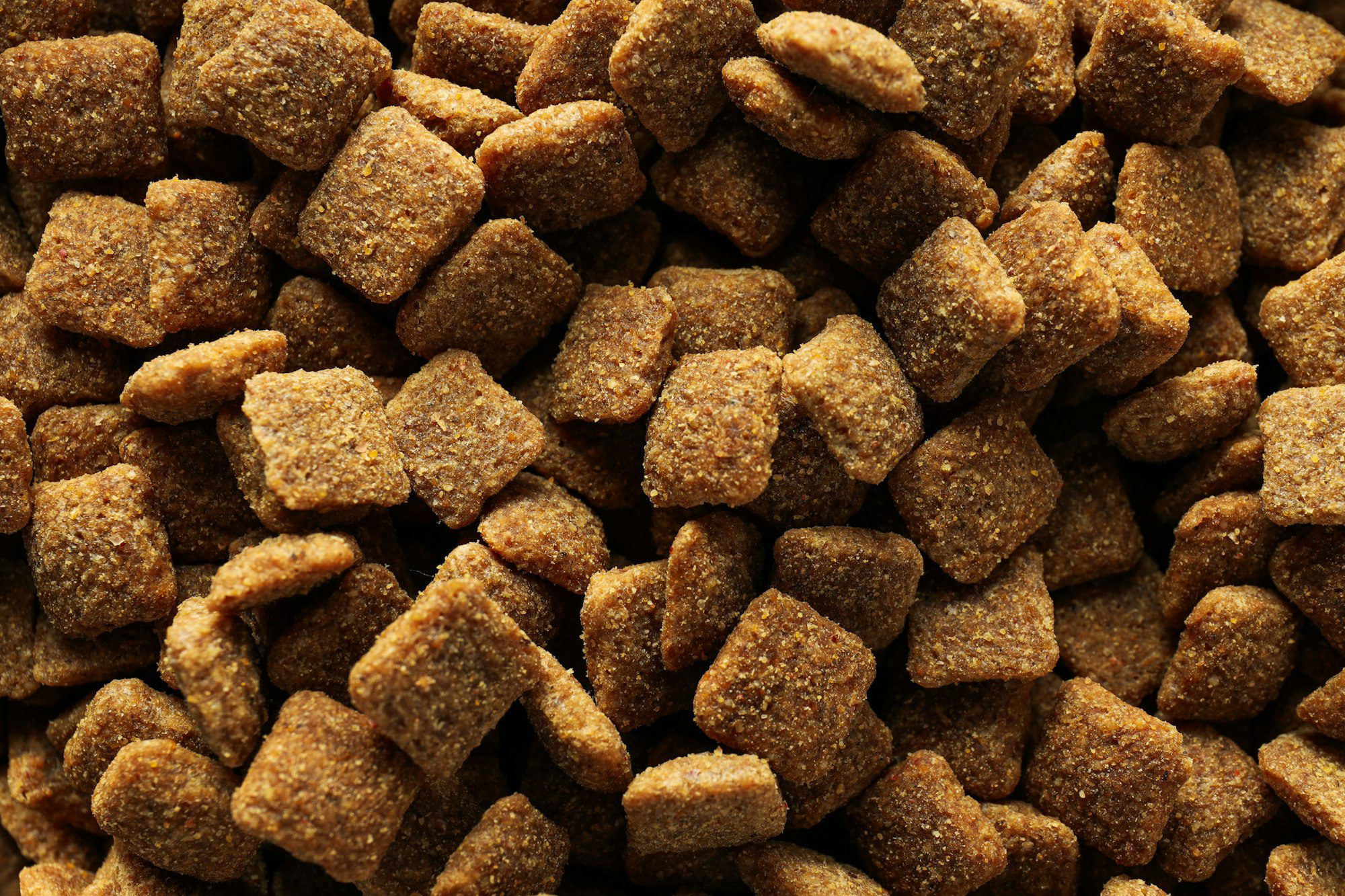
Conclusion:
Palatants play a vital role in pet food production, enhancing the taste, aroma, and palatability of pet food. By using palatants, pet food manufacturers can create products that are more appealing to pets, increasing consumption and ensuring that pets receive the nutrition they need to stay healthy.
As pet owners, we want the best for our furry friends, and palatants help us achieve that by making pet food more enjoyable and appetizing. So the next time you feed your pet, take a moment to appreciate the role that palatants play in making their food taste great!




